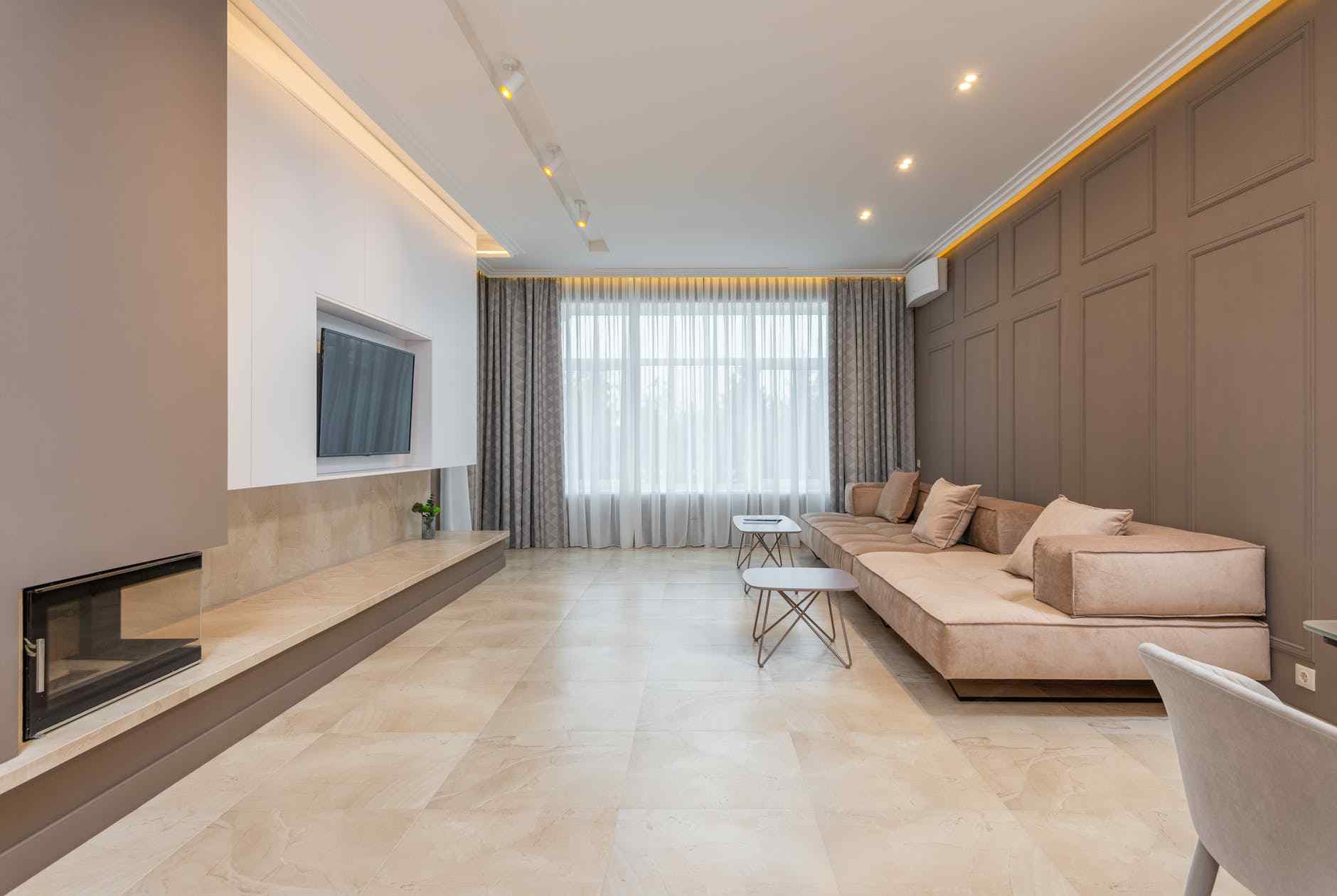Practical Considerations for Recessed Lighting Installation: Bedroom With Recessed Lighting

Recessed lighting, also known as “can lights,” offers a sleek and modern look while providing efficient illumination for bedrooms. However, installing recessed lighting requires careful planning and execution to ensure safety and optimal performance. This section delves into the practical aspects of recessed lighting installation, guiding you through the process and addressing potential challenges.
Essential Safety Precautions and Tools
Prior to starting any electrical work, it’s crucial to prioritize safety. Disconnect the power supply to the circuit you’ll be working on. This step is essential to prevent electrical shock and potential injuries. Additionally, always use appropriate personal protective equipment (PPE), such as safety glasses, gloves, and insulated tools.
- Safety Glasses: Protect your eyes from debris and potential sparks during the installation process.
- Insulated Tools: Use tools with insulated handles to prevent electrical shock when working with live wires.
- Voltage Tester: Verify that the power supply is completely disconnected before working on the wiring.
- Ladder: Ensure a stable and secure ladder for accessing the ceiling area.
- Stud Finder: Locate the ceiling joists to ensure secure mounting of the recessed lighting fixtures.
- Measuring Tape: Accurately measure the distance between fixtures and the ceiling joists for proper placement.
- Drill: Drill holes for the electrical wiring and mounting the junction box.
- Wire Strippers: Strip the insulation off the electrical wires for connections.
- Wire Connectors: Securely connect the electrical wires using wire connectors.
- Screwdriver: Secure the recessed lighting fixtures to the mounting brackets.
Selecting Electrical Wiring and Junction Boxes, Bedroom with recessed lighting
The electrical wiring and junction boxes are crucial components in recessed lighting installation. The appropriate wiring gauge and junction box size depend on the wattage of the recessed lighting fixtures.
- Wiring Gauge: For standard recessed lighting fixtures (typically 60-100 watts), 14-gauge wiring is usually sufficient. However, for higher wattage fixtures, it’s recommended to use 12-gauge wiring to handle the increased current flow.
- Junction Box Size: The junction box must be large enough to accommodate all the electrical connections and wires. Ensure that the junction box is rated for the number of wires and the amperage of the circuit.
Addressing Potential Challenges
Recessed lighting installation may present challenges depending on the existing ceiling structure and wiring.
- Ceiling Height: If the ceiling height is low, consider using shallow recessed lighting fixtures to minimize the protrusion into the room. Alternatively, explore alternative lighting options, such as surface-mounted fixtures.
- Insulation: Ensure the recessed lighting fixtures are compatible with insulation. Choose fixtures with IC-rated housings to prevent overheating and fire hazards. If the ceiling is insulated, install the fixtures in accordance with the manufacturer’s instructions and local building codes.
- Existing Wiring: If the existing wiring is inadequate for the recessed lighting fixtures, it’s necessary to upgrade the wiring to a heavier gauge or run new wiring. Consult with a qualified electrician to ensure proper installation and safety.
Ensuring Proper Ventilation and Heat Dissipation
Proper ventilation is essential to prevent overheating and potential fire hazards. Ensure that the recessed lighting fixtures have adequate airflow to dissipate heat.
- Airflow: Select recessed lighting fixtures with built-in ventilation or ensure that there is sufficient space around the fixture for airflow. Avoid placing the fixtures directly against insulation or other materials that can impede airflow.
- Heat Dissipation: Consider the wattage of the recessed lighting fixtures and select fixtures with appropriate heat dissipation capabilities. High-wattage fixtures generate more heat and require greater ventilation.
